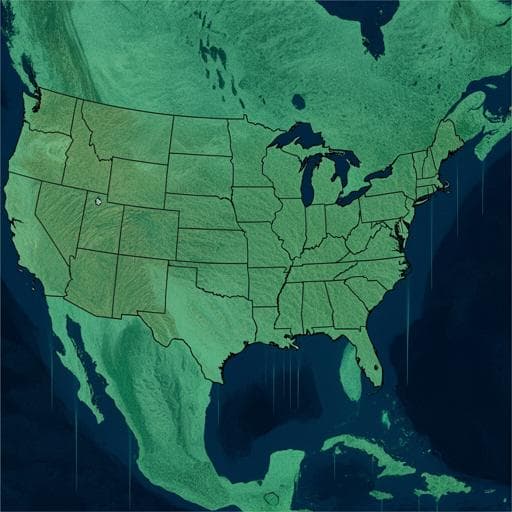
Earth Sciences
Ocean mass, sterodynamic effects, and vertical land motion largely explain US coast relative sea level rise
T. C. Harvey, B. D. Hamlington, et al.
This research, conducted by a team of experts including T. C. Harvey and B. D. Hamlington, unveils the intricate interplay of ocean mass changes and land motion contributing to sea-level rise in the contiguous U.S. They meticulously analyze tide gauge data from 1993 to 2018, shedding light on the relative trends at 47 locations, while raising questions about unexplained anomalies.
~3 min • Beginner • English
Related Publications
Explore these studies to deepen your understanding of the subject.







